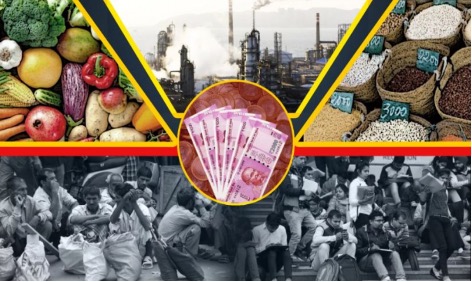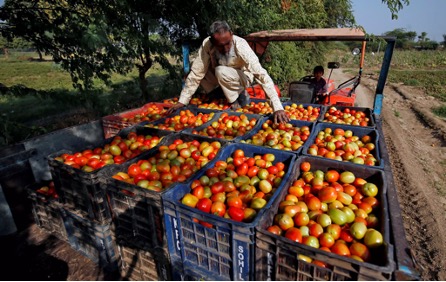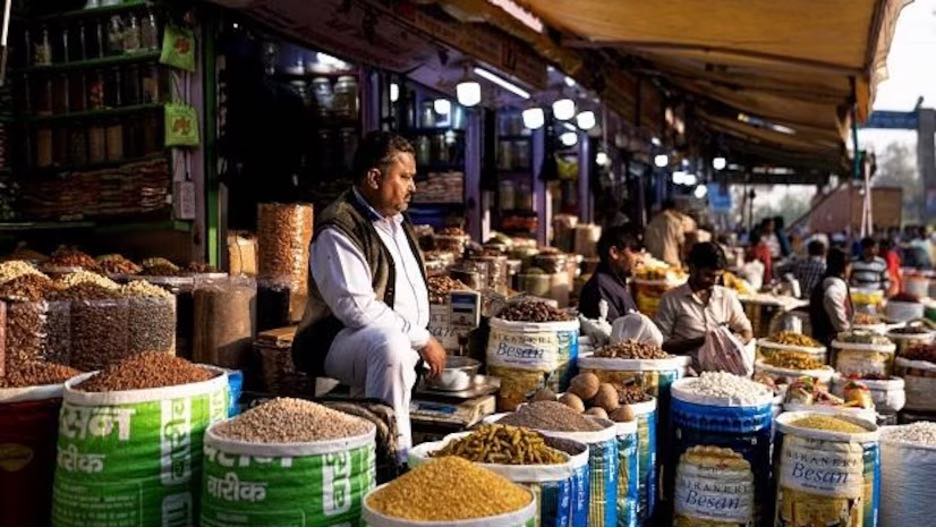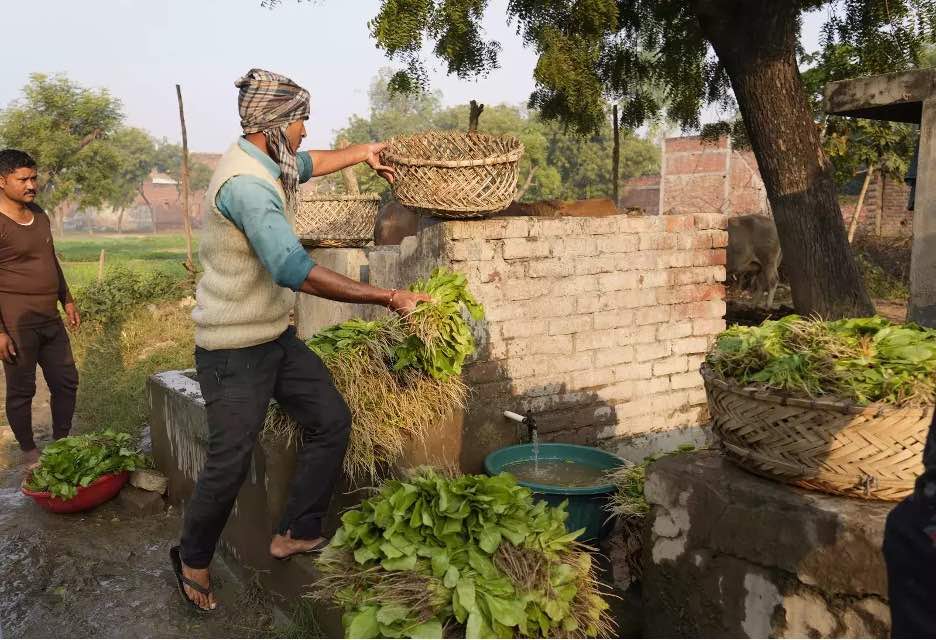The issue of inflation has been increasingly prominent in discussions on the status of the economy, both domestically and globally. However, it would be incorrect to conclude from this that India’s inflation problem is the same as other countries. The surge in oil prices subsequent to Russia’s invasion of Ukraine is the cause of the sharp rise in inflation in Europe. Although, the recent spike in oil prices undoubtedly contributed to its pace, India’s inflation is structural in nature, meaning it is a function of the country’s economic features.
One common characteristic of inflation in India is that it usually follows the rise in food prices, which pushes up prices in other areas of the economy. First, the cost of food directly affects it as it makes up a large portion of the consumer price index. However, it also indirectly affects it through rising wages, which in turn raises the cost of output in the non-agricultural sector. The rise in food prices will have a prolonged impact on the economy when wage adjustments react to inflation slowly; even if food costs cease to rise, inflation will persist.

Raising interest rates has the effect of slowing down the pace of economic expansion. Due to the extraordinary stimulus, salaries have been expanding fairly quickly in the US. This could reduce inflation by lowering wage growth when employment growth slows. It would be more challenging to reduce food inflation in India through monetary policy which is essentially what an increase in interest rates entails. When household income growth slows, households might not cut back on food consumption. This relates to the unique quality of food which is its necessity for survival. While households might cut back on their consumption of other items, the prices of commercial products are unlikely to decrease rapidly when demand declines, in contrast to the food market.
The RBI views inflation in the same way as its peers in the West. Nonetheless, experience tells us otherwise. 2019 saw a slowdown in growth when India’s inflation started to accelerate. On the other hand, one may counter that there was indeed some growth and that output had increased above its natural level.
This was not the case in 2020–21 when COVID-19 caused the economy to contract for the first time in many years. Inflation not only declined during that time, but it slightly increased. Currently, the only way to justify the RBI’s inflation diagnosis would be to claim that real output decreased more than the normal output rate.
It goes without saying that in order to regulate an economic phenomenon, we must first understand what causes it; this is also true for inflation in India which is driven by rising agricultural prices, particularly food prices. India’s efforts to reduce inflation will now need to be directed appropriately. The type of inflation we inevitably encounter in India can only be controlled by monetary policy acting through changes in interest rates.

Assume that in this case, monetary policy would reduce demand to reduce inflation: If supply-side improvements aren’t made which would allow for future increases in food supply at a fixed price, inflation is certain to return as demand increases and growth picks up. We would have started over from scratch.
There is no other option except to take action on the supply side if inflation, in the long run indicates an inadequately elastic supply of food or one that cannot quickly expand output in response to an increase in demand. We have a perfect example of how, in the middle of the 1960s, we drastically changed the agricultural supply side of India. We have never experienced a food shortage since then because of the Green Revolution.
In actuality, the policy of consistently boosting minimum support prices causes inflation by nature. A policy that supports the expansion of agricultural yield is what is required. Even if prices dropped slightly, farmers would still benefit from increased produce.
The economic policy pays no attention to the rising food inflation in India. Following the economic changes of 1991, the justification for policy changed, giving the private sector greater prominence. This is not a problem in itself. However, the move also resulted in a disregard for the things that the government alone can achieve, one of which is increasing agricultural production. Unnoticeably, there was a move in favor of the Washington Consensus’s principles, which promoted putting macroeconomic stability first.

Keep in mind that India is one of the several major economies where food is expensive, despite ongoing food inflation. When food accounts for a sizable portion of household spending, it is considered expensive. By giving the RBI the responsibility of controlling inflation, this component is hidden. Cereal consumption is addressed by the public distribution system, but purchasing food at increasing minimum support prices creates a ripple impact on prices across the economy.
The current level of food inflation should come as no surprise. It reflects a struggling agriculture sector. A sluggish agricultural sector is not uncommon in a developing nation, but its economic strategy is usually positioned to confront the issue openly. Since 2014, there has been no substantial economic policy initiative aimed at increasing agricultural production and reducing inflation. Unlike in the 1960s, when the same party dominated both at the Centre and in the States, the Centre’s part in driving a transformation in agricultural productivity is restricted in today’s India.
Inflation, particularly in food prices undermines real purchasing power in much of the country’s economy because wages are not adjusted. This has the potential to reduce aggregate demand and consequently, production growth.
In fact, the slowing of the Indian economy’s typical pace of growth in 2011-12 was caused by extraordinarily high inflation, notably food-price inflation that continued for several years. However, the impact of inflation ought not to be measured solely, in terms of the effect it has on growth. Its immediate impact on well-being is felt in an economy like India’s. With a portion of our children affected by malnutrition and women suffering from anemia, food price inflation has a direct impact on life.

According to interviews conducted in rural north India, current inflation has already reduced food consumption amongst the poorest. Food price inflation is thus a development issue. Even when promoted by the government as a “Modern Monetary Policy Framework,” the RBI’s technology cannot guarantee its control. Inflation in India necessitates broader economic governance that takes into account agricultural production conditions.
Written By – Sharon Sebastin
Edited by – Kushi Mayur




